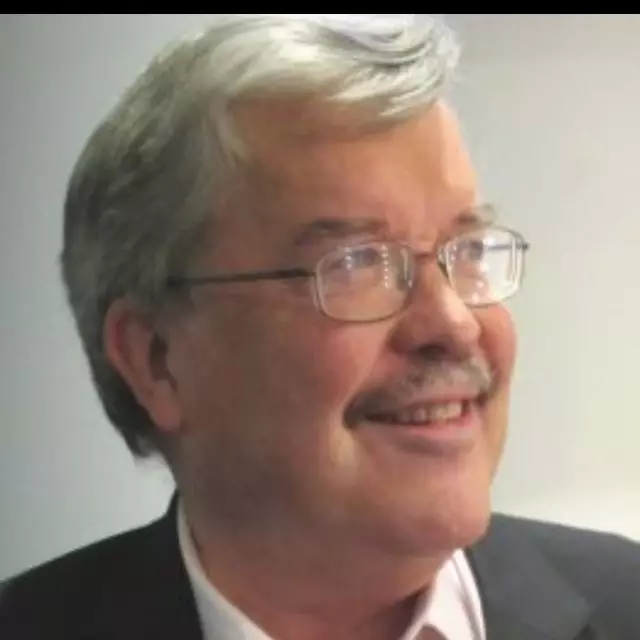
Patrick Low, Fellow of Asia Global Institute, talks about the struggles that await the newly-formed ASEAN Economic Community.
The ASEAN Economic Community (AEC) was born on New Year's Day, but the full realization of the AEC vision laid out in 2007 will take more time still.
The birth of the AEC met with wide acclaim in some circles and was assigned damp squib status by others.
The ASEAN conception of what regional integration means is far-reaching. But that does not mean it is overreaching. The role of naysayer is easy when ambition is high.
It is as well to remind ourselves how far Southeast Asia has come since 1967, when five states established Asean. The economics mattered, but at that time they were secondary to the politics. Asean then was crucially about working together to keep the peace in an extraordinarily diverse environment. That is still part of the integration drive in Southeast Asia.
Nearly a quarter of a century later, ASEAN 's 10 economies - Brunei, Indonesia, Malaysia, the Philippines, Singapore, plus Cambodia, Laos, Myanmar and Vietnam - are a growing force in global affairs. With a gross domestic product of US$2.6 trillion, the AEC is the seventh-largest economy in the world. With a population of more than 620 million, it is the third largest in Asia after China and India.
The AEC economies have collectively grown faster than any other Asian economy save China since the beginning of the century. During that same time span, GDP has expanded fourfold, per capita income threefold, and foreign direct investment inflows fivefold. The poverty rate has halved.
The core objectives of the AEC are fivefold. They embrace integration, competitiveness, enhanced connectivity and sectoral cooperation, equitable outcomes, and global engagement. The AEC is pursuing something akin to what came to be known as the four freedoms in the context of European integration - freedom of movement of goods, services, capital and labour.
The AEC version of the four freedoms is a single market and production base with the free flow of goods, services, investment and skilled labour, along with freer capital flows. The AEC's Blueprint 2025 sets out directions and strategic measures under the rubric of the five core objectives noted above.
The AEC, and for that matter ASEAN arrangements that preceded it, have always contemplated deep integration, encompassing not just economic cooperation, but political, social and cultural cooperation too. The AEC does not plan to pursue political or monetary union, as the EU has aspired to do, with mixed results.
Considering the degree of diversity among members of the AEC, the challenges are numerous. These include the development divide between established and new members, the drive to embed an ASEAN identity in the population, and language.
Unlike the EU, there are no plans for strong centralized institutions, or a more powerful secretariat. Enforcement mechanisms are undeveloped.
Many would argue that the approach is intentionally slow and incremental, and that the entire enterprise will remain a work in progress for many years to come. The European experience with pushing the integration drive beyond a sustainable tolerance limit has led to frictions and doubts, if not reversals. Monetary union, a borderless community, and thoughts about exit, are cases in point. Gradual is good for the AEC.
On the other hand, the oft-mentioned "ASEAN way" must not become a pretext for inaction. Despite the progress made in various policy areas in the lead-up to the launch of the AEC, significant gaps remain.
In the field of services, for example, AEC economies are among the most closed in some sectors. More generally, not enough has been done to separate the legitimate public policy objectives of non-tariff measures from a desire to protect local interests. More is needed to ensure that non-tariff measures do not become non-tariff trade barriers.
Before the 1992 Single European Act, which drove renewed market integration efforts in the EU, the expression "Eurosclerosis" was gaining currency. That stopped with Europe 1992. Quite apart from its considerable political significance, perhaps the creation of the AEC will give Asian integration a similar fillip.
This article first appeared in the South China Morning Post on January 6, 2016 as ASEAN Economic Community faces numerous challenges.
The views expressed in this article are the author's own and do not necessarily reflect Asia Global Institute's editorial policy.

Senior Fellow, Asia Global Institute
Room 326-348, Main Building
The University of Hong Kong
Pokfulam, Hong Kong